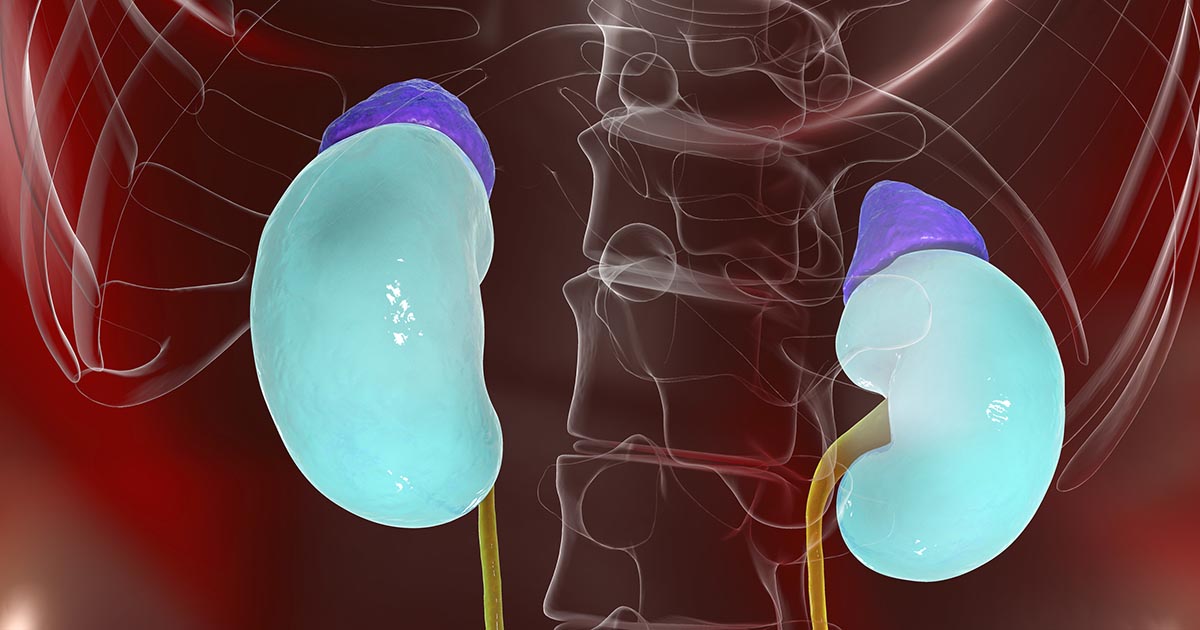What Are The Types Of Leukodystrophy?
X-Linked Adrenoleukodystrophy

X-linked adrenoleukodystrophy (X-ALD) is an inherited type of leukodystrophy where an individual loses the myelin sheath on the nerves in their spinal cord and brain, which has adverse effects on the adrenal glands. Patients are also known to exhibit the deficiency of adrenal hormones as a result of the degeneration of their adrenal glands. Three different forms of X-ALD exist: adrenomyeloneuropathy, adrenal-insufficiency-only, and the childhood cerebral form. All three forms of X-ALD are caused by an inherited x-linked mutation in the ABCD1 gene. There are a range of symptoms different forms of X-ALD can produce, but collectively, the most common symptoms include seizure, learning disabilities, deafness, fatigue, weakness, urinary problems, leg stiffness, decreased appetite, increased skin pigment, vomiting, headaches, paralysis on one side of the body, and problems speaking. A blood test on long-chain fatty acids, genetic testing, and an MRI can help a physician make a diagnosis of X-ALD.
Continue for more on the different types of leukodystrophy now.